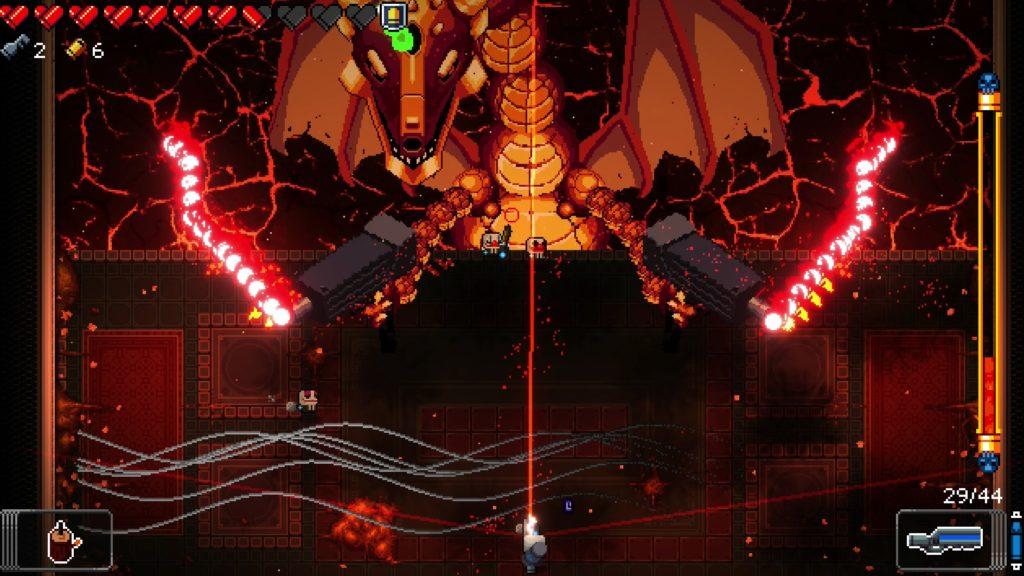The Nursery is a live-action, paranormal horror escape room designed by Edscapade Games in San Jose for players aged-17+ (https://www.edscapadegames.com/game/the-nursery). Designed for groups of 2-5 players who are fans of immersive storytelling, psychological horror, and collaborative gameplay, this physical experience challenges small teams to uncover the tragic story of Molly and the spirits haunting her childhood home. I played this game with three other friends and, after signing a waiver warning us about the experience, faced firsthand how immersive and unsettling the environment was with live actors, sudden scares, and moments of real emotional tension. Through environmental constraints and storytelling, The Nursery elevates Fellowship and Discovery as a central narrative driver, surpassing the passive teamwork often experienced in traditional escape rooms.
Elevating Fellowship Through Environmental Design
Unlike traditional escape rooms that rely heavily on logic puzzles and visible locks, The Nursery embeds its story within physical actions, communication constraints, and risk, and the mechanics themselves reflect Molly’s fragmented, eerie reality. The game is set across two main areas: an outdoor “safe zone” styled like a garden or waiting area, and the actual haunted house where the central action takes place. One of the most defining features is that only one player may enter the actual haunted house at a time. The rest of the team must stay outside and guide them via headset. If more than one person enters or if noise is made inside there is a higher risk of being physically taken away by the entities (live actors) in the game.
This mechanic cleverly reinforces the game’s story. Molly, the girl at the heart of the mystery, is portrayed as having grown up isolated, misunderstood, and dependent on imaginary friends. The fear of being separated mirrors the storyline of Molly feeling isolated and drawn into her own world, a clever and effective architecture design decision made by the creators. The game becomes an evocative space, where spatial design and environmental constraints reinforce the emotional tone and character experience.
As players take turns going inside the haunted house, the players outside play a different, but equally important, role of observers and guides. Unlike many escape rooms where dominant players can monopolize puzzles, The Nursery forces distributed engagement, where players go in turns as they highly discourage the same player from going in every time. Not only do all players have to collaborate in helping their teammates while they are inside, the game also creates further opportunities for Fellowship. For example, during our session, one of my teammates was taken by an entity (live actor) during a failed attempt to retrieve an item. We had to coordinate one of us going in quietly, while we guided from the outside to help “free” her. Communication becomes the puzzle, and the bond between players is tested and deepened through shared tension.
Discovery as the Core Game Experience
The room leans much more heavily on storytelling and mood than puzzle density. In fact, I felt that the puzzles were secondary to simple tasks like object retrieval, narrative exploration, and immersive roleplay, leaning into the aesthetic of Discovery. However, this trade-off works in its favor. The emotional experience becomes central, not just the logic flow. Unlike linear escape rooms with one correct path, The Nursery allows for different narrative outcomes depending on the order of discovery and interactions with in-game characters and artifacts. This structure offers significant replay value, not just to successfully complete the escape room, but also to uncover different facets of the haunting. It was much less about “solving” the story but rather more about experiencing and exploring the space.
That said, the game could benefit from a few clearer design signposts. While the ambiguity adds to the horror, it occasionally leads to player confusion, particularly when feedback loops (like confirming a successful puzzle interaction) are weak, as we found ourselves occasionally confused if we had made progress and ultimately resorted to talking to the outside game masters. Strengthening these moments by adding additional distinct auditory or visual cues could elevate player confidence and momentum without sacrificing the immersion.
Ethics
While The Nursery excels in narrative immersion and experiential design, it poses significant accessibility challenges such as physical navigation, where tight spaces, crawling, sudden actor interactions, and the requirement to move quickly or silently present barriers for players with mobility impairments. Further auditory and visual accessibility is also a concern, as players outside must communicate instructions to the player inside via headset and the inside room is extremely dark. In terms of psychological accessibility, while the waiver system and website disclaimers warn of jump scares and live actors, players with PTSD or anxiety may not fully understand the intensity of the experience until they are mid-game. Unlike digital horror games that allow players to adjust scare levels or pause the experience, The Nursery is continuous and unexpected.
More broadly, this raises an important ethical consideration in physical mystery games: how do designers balance immersion and terror with inclusivity? While pushing creative boundaries with live actors, intense themes, and sensory deprivation can heighten immersion, these same elements can inadvertently exclude or distress players with disabilities, sensory sensitivities, or trauma histories. Psychological safety protocols, such as safe words, pre-game walkthroughs, or optional opt-out moments, could allow more people to participate in high-stakes immersion without sacrificing well-being.




